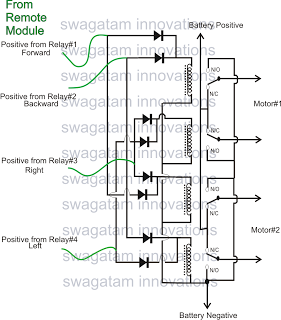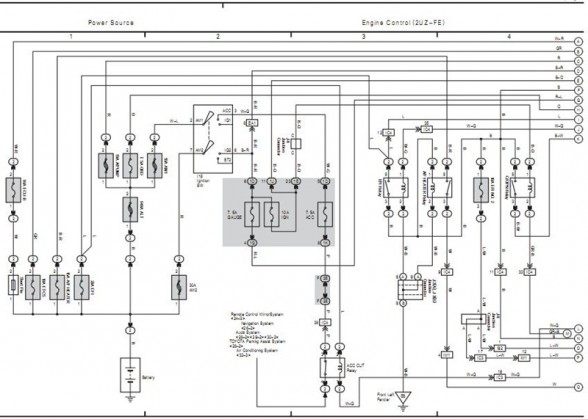
toy organ

This circuit generates a tone based on the button pressed. Only one button can be activated at a time, which is why it is referred to as a monophonic organ. The 1k ohm resistors can be adjusted to create a more precise musical scale.
The circuit operates using a simple design that incorporates a microcontroller or a tone generator IC, buttons, and resistors. Each button corresponds to a different frequency, which is determined by the resistor-capacitor (RC) timing circuit associated with each button. When a button is pressed, it completes the circuit, allowing current to flow and the tone generator to produce sound at the frequency set by the RC network.
In a typical configuration, the buttons are connected to the microcontroller's input pins, which are configured to detect the button presses. Each button press can be associated with a specific frequency value stored in the microcontroller's programming. The 1k ohm resistors in the circuit can be replaced with different resistor values to fine-tune the frequency output, allowing the user to create a more accurate musical scale.
The output from the tone generator can be connected to a speaker or an audio output jack for sound amplification. The circuit may also include a power supply section to ensure stable operation. Additional features, such as volume control or LED indicators for button presses, can enhance the functionality of the monophonic organ, making it more user-friendly and visually engaging.
Overall, this circuit provides a fundamental approach to sound synthesis in a monophonic format, suitable for educational purposes or as a foundation for more complex musical instruments.This circuit produces a tone according to the button being pressed. Only 1 button can be pressed at a time, that`s why it is called a monophonic organ. You can change the 1k resistors to produce a more-accurate scale. 🔗 External reference
The circuit operates using a simple design that incorporates a microcontroller or a tone generator IC, buttons, and resistors. Each button corresponds to a different frequency, which is determined by the resistor-capacitor (RC) timing circuit associated with each button. When a button is pressed, it completes the circuit, allowing current to flow and the tone generator to produce sound at the frequency set by the RC network.
In a typical configuration, the buttons are connected to the microcontroller's input pins, which are configured to detect the button presses. Each button press can be associated with a specific frequency value stored in the microcontroller's programming. The 1k ohm resistors in the circuit can be replaced with different resistor values to fine-tune the frequency output, allowing the user to create a more accurate musical scale.
The output from the tone generator can be connected to a speaker or an audio output jack for sound amplification. The circuit may also include a power supply section to ensure stable operation. Additional features, such as volume control or LED indicators for button presses, can enhance the functionality of the monophonic organ, making it more user-friendly and visually engaging.
Overall, this circuit provides a fundamental approach to sound synthesis in a monophonic format, suitable for educational purposes or as a foundation for more complex musical instruments.This circuit produces a tone according to the button being pressed. Only 1 button can be pressed at a time, that`s why it is called a monophonic organ. You can change the 1k resistors to produce a more-accurate scale. 🔗 External reference





